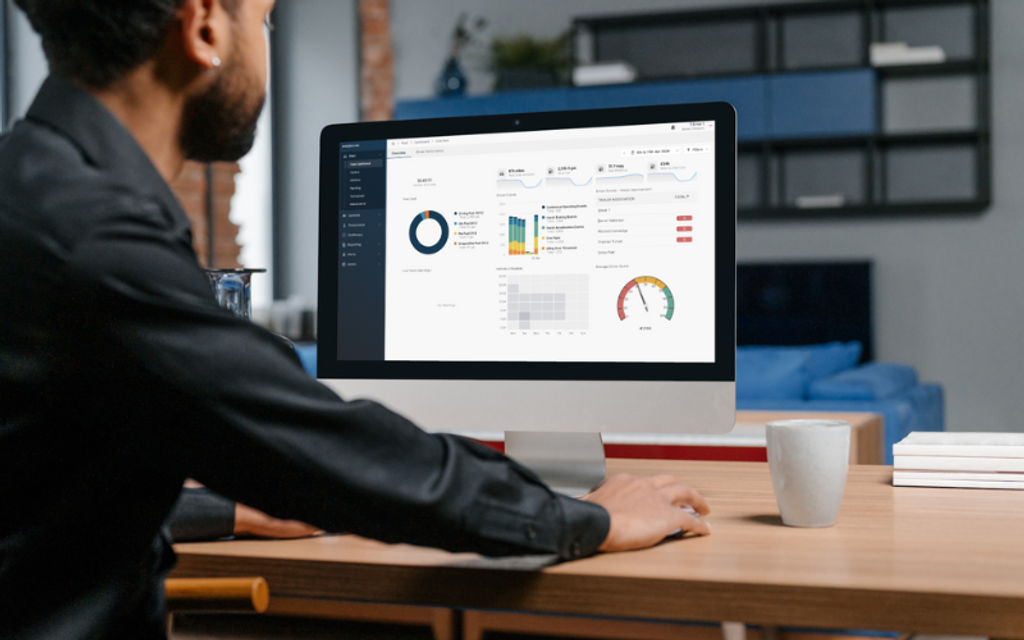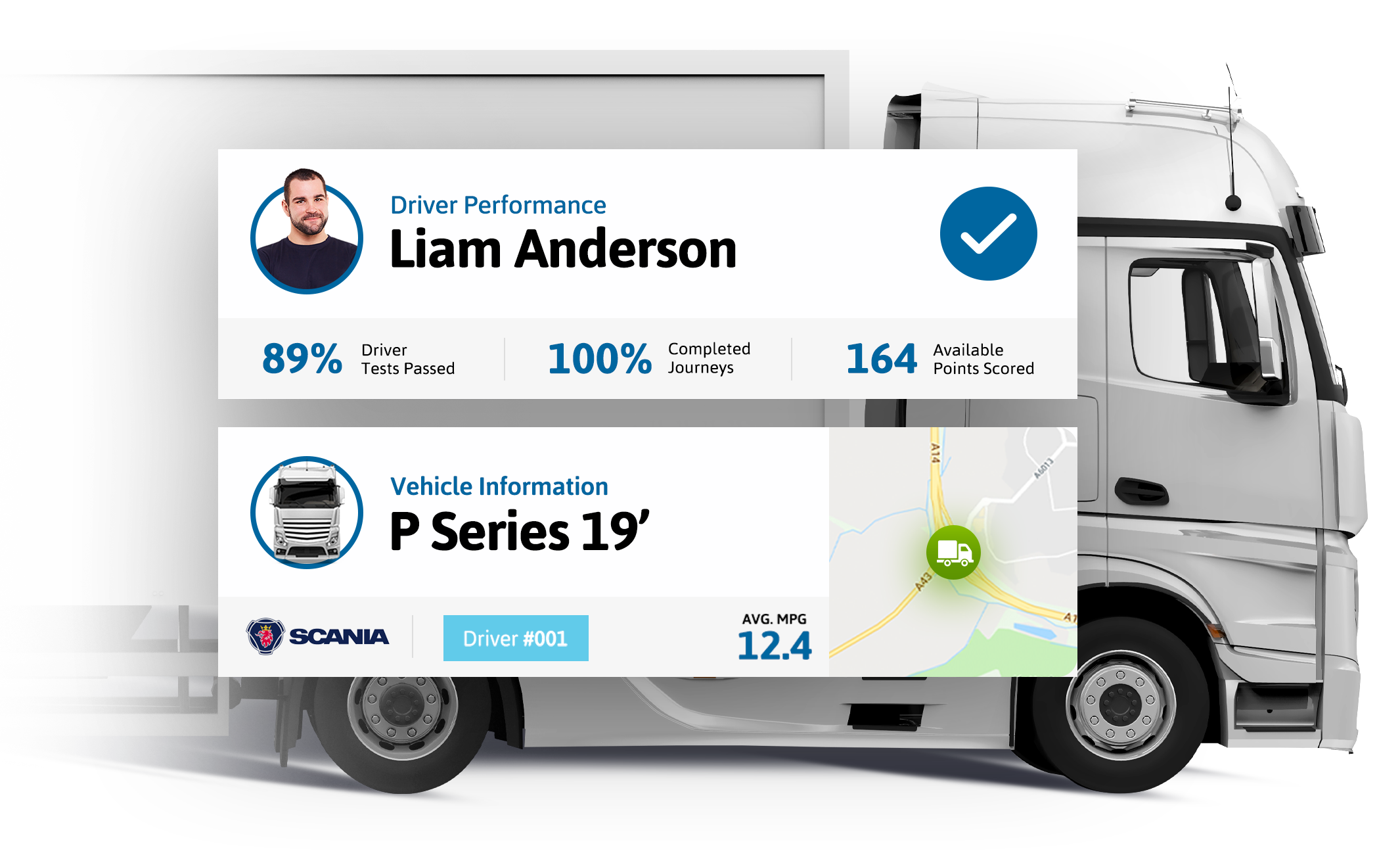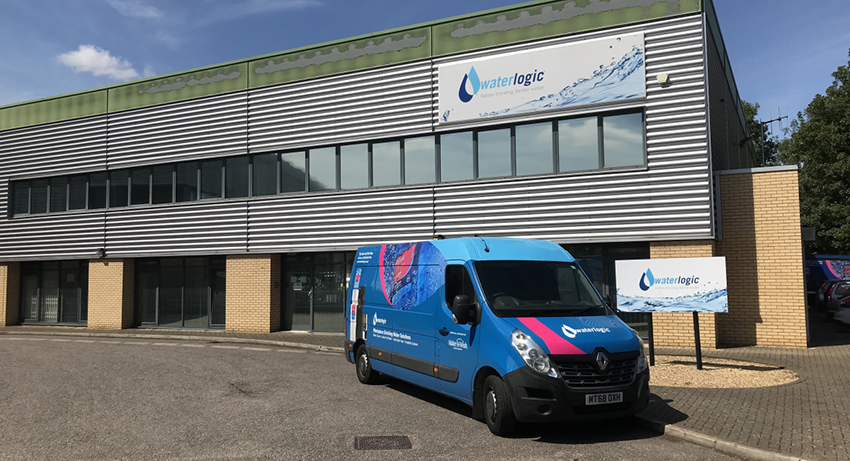
Why is fleet benchmarking so important? It enables constant review and improvement by setting clear standards and goals. As we’ll find out, telematics systems have a vital role to play in this process.
These powerful tools help you track and analyse key metrics such as fuel consumption, vehicle use, and driver behaviour. In this article, we’ll explore how establishing these benchmarks will enable you to make informed decisions that promote safety and efficiency throughout your fleet.
We’ll also look at the role that vehicle telematics can play in applying vehicle benchmarking.
What is vehicle benchmarking?
Vehicle benchmarking in fleet management is all about setting measurable points of reference that help you gauge the performance and safety of your fleet. These benchmarks are your goals – they support your efforts to monitor and enhance the different elements of your fleet operations. Let’s look at the two principal types of vehicle benchmarking –
Vehicle Safety Benchmarks
These include –
- Accident Rates – Keeping track of the frequency and severity of accidents helps identify areas for improvement in driver training and vehicle maintenance.
- Near Misses – Monitoring incidents that could have led to accidents but didn’t is crucial for proactively managing driver behaviour and enhancing safety protocols.
- Tracking violations, such as speeding or breaking tachograph rules, allows you to ensure compliance and address dangerous driving habits.
Vehicle Performance Benchmarks
These comprise –
- Fuel Efficiency – Measuring fuel consumption over distances travelled. This helps identify opportunities to optimise routes and improve driving techniques.
- On-time Delivery – Tracking the punctuality of deliveries allows you to assess the reliability of your service as well as the effectiveness of your scheduling and route planning.
- Route Optimisation – Analysing the efficiency of your routes will reduce travel times and fuel consumption, leading to often significant cost savings and increased customer satisfaction.
Why are benchmarks so vital?
Benchmarks are arguably the most essential tool in the fleet management toolbox. They serve as the cornerstone of improvement strategies. Here’s why:
Focus and Direction
Benchmarks provide a clear focus and set specific goals for your fleet, guiding your efforts towards improvement in a structured way. They define what success looks like, helping you to track progress and steer a clear path towards your goals. They shine a light on where to concentrate your resources and efforts in order to achieve the best results.
Measurement and Tracking
The power of benchmarks lies in their ability to offer quantifiable data. This data is essential for effective program evaluation. It enables you to measure your fleet’s performance against set standards. You can then make informed decisions, tweak strategies as necessary, and correct your course to align with your goals.
Comparison and Improvement
Benchmarks enable you to compare your fleet’s performance against both industry standards and your own historical data. This is key to identifying the areas that need the most attention and helps you to prioritise improvement initiatives. You can then set realistic yet challenging targets that push for continuous growth and development.
Accountability and Motivation – the human element
Setting benchmarks creates a culture of accountability among your drivers and fleet managers. With clearly defined and monitored performance metrics, all parties will feel encouraged to keep to the highest standards of safety and efficiency. Tangible and data-driven results will foster motivation and drive continuous improvement. Everyone will feel part of the process, striving to meet and exceed your benchmarks.
How to set effective benchmarks
Setting effective benchmarks is the secret to the success of your fleet management strategy. You need to create benchmarks that are both practical and impactful. Here’s how:
Relevance and Specificity
Choose benchmarks that are directly relevant to your fleet’s specific operations and goals. Specificity will help to create clear, focused targets that directly influence your strategic outcomes. Let’s say one of your goals is to reduce costs. You might focus on benchmarks related to fuel consumption. Or, maybe reducing incident rates is important to you. Then you might prioritise safety metrics.
Attainable and Measurable
Your benchmarks need to be realistic and achievable. Setting the bar too high might demotivate your team. On the other hand, a benchmark that is too low might not result in any noticeable improvement. Each benchmark should be consistently measurable. This will allow for ongoing tracking and analysis, a clear view of progress, and the highlighting of any areas that deserve special attention.
Industry Standards and Internal Data
Use industry standards to provide the baseline from which to measure your fleet’s performance. They’ll help you to understand where your operations stand in comparison to peers and competitors. Also, make the most of your fleet’s historical data to tailor benchmarks specifically for your operations. By setting targets based on your own trends and experiences, your benchmarks are much more likely to be applicable to your specific circumstances. This can easily be determined using data from a vehicle telematics system that monitors fuel usage parameters.
How telematics helps with fleet benchmarking
Without involving telematics systems, your benchmarking process will be far less effective. Strategically applied telematics technology will be your comprehensive solution for automatically collecting and recording crucial data. It provides detailed insights into both fleet performance and safety, enabling you to accurately and effectively measure and optimise your operations.

Data Collection and Benchmark Measurement
Telematics devices gather a wide range of data to help you evaluate your fleet’s performance against set benchmarks. This data includes:
- Safety Metrics
Telematics systems track occurrences of harsh braking, rapid acceleration, sharp cornering, and speeding incidents. Armed with this data, you’ll be able to assess driver safety behaviours and identify areas where training may be necessary. - Performance Metrics
These systems record fuel consumption, idling time and mileage. They also provide insights into route optimisation. They measure the timeliness of deliveries, helping to assess the efficiency of routes and schedules. - Enhanced Telematics Features
Many telematics systems include advanced features that further support your fleet’s safety and efficiency. For example, some systems offer driver behaviour scoring. This evaluates drivers based on their driving habits and generates scores that help identify high-risk drivers or those performing well.
There are also in-cabin coaching tools that provide real-time feedback to your drivers, helping them to correct unsafe driving behaviours as they occur.
How telematics improved a workplace drinking water supplier’s fleet safety and efficiency – A case study

Waterlogic, the UK’s leading experts in workplace drinking water solutions, made excellent use of AddSecure’s telematics fleet control package to improve both fleet safety and fuel efficiency. They installed our combined vehicle tracking, driver performance and camera system into 300+ vehicles. The result? Through a process of fleet benmarking, setting attainable targets, and monitoring and managing key fleet performance and safety metrics, they achieved a 30% reduction in speeding events and a 50% reduction in accident rates within the first year.
Read the full case study to find out how .
Using AddSecure Telematics to support effective fleet benchmarking
Clearly, fleet benchmarking is an indispensable tool for achieving top performance and maximum safety. Through the structured setting of relevant, realistic benchmarks and the strategic use of telematics systems, you’ll be able to monitor your fleet, promoting values such as greater efficiency and enhanced safety.
Telematics will enable you to seamlessly collect and analyse crucial data that informs your decision-making process, helping to pinpoint areas for improvement and reinforce the strategies that work.
Are you ready to transform your fleet management practices?
Contact the AddSecure team today.
Let’s drive your fleet forward. Learn how to harness the power of telematics to set effective benchmarks and achieve your fleet performance goals.